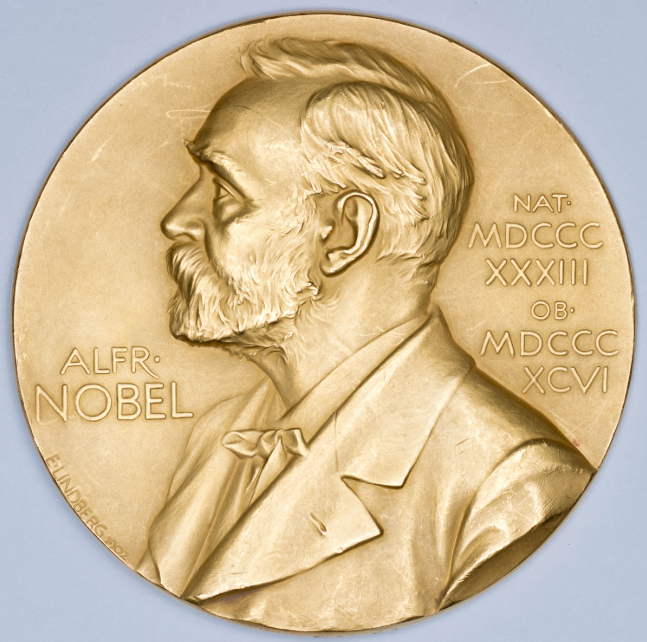
Where It All Began
Founded in 1918 and opened officially in 1925. The recognition the Hebrew University has attained confirms its reputation for excellence and its leading role in the scientific community. It stresses excellence and offers a wide array of study opportunities in the humanities, social sciences, exact sciences and medicine. The university encourages multi-disciplinary activities in Israel and overseas and serves as a bridge between academic research and its social and industrial applications. The Hebrew University has set as its goals the training of public, scientific, educational and professional leadership; the preservation of and research into Jewish, cultural, spiritual and intellectual traditions; and the expansion of the boundaries of knowledge for the benefit of all humanity.

The Idea Behind the Establishment of a Jewish University in the Land of Israel
The cornerstone of the Jewish University in Jerusalem was laid on July 24, 1918, shortly after the end of World War I. This event marked a significant milestone in the establishment of Israel's premier institute of higher learning and research. The ceremony was funded entirely with the support from Jews around the world. The idea of creating a Jewish University was championed by prominent figures such as Chaim Weizmann, Albert Einstein, Martin Buber, and Sigmund Freud. The university officially opened on April 1, 1925, with a ceremony attended by notable personalities including Lord Arthur James Balfour, Rabbi Abraham Isaac Kook, and representatives from various countries
The Idea Behind the Establishment of a Jewish University in the Land of Israel
Corner stone with Haim Weizman
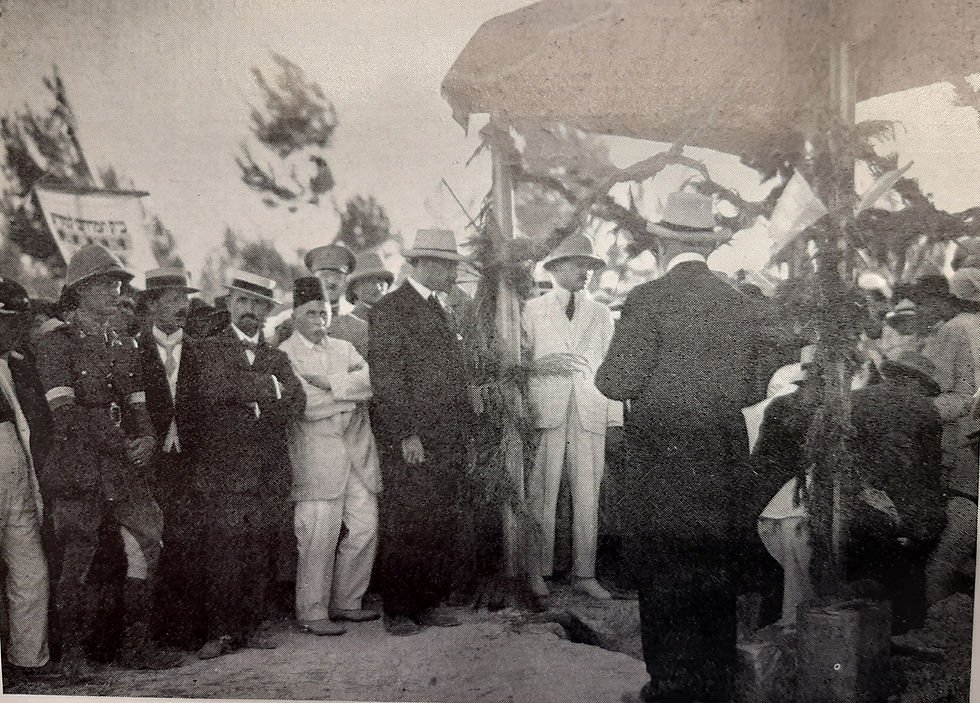
1918

1925
Roots and Beginnings
The Hebrew University was inaugurated on the 1st April 1925. This day was viewed by many as the realization of the Zionist dream and was celebrated with much excitement. The ceremony began with the playing of the Hatikvah anthem. Notable speakers included British statesman Lord Arthur James Balfour, Chaim Weizmann – President of the Zionist Organization, scientist, and visionary, the first British High Commissioner for Palestine Herbert Samuel and Chief Rabbi Abraham Isaac Kook.
Roots and Beginnings
The Hebrew University was inaugurated on the 1st April 1925

1930s
Establishment and Growth
During the 1930s, the university gradually developed into a full-fledged academic and research institution, opening departments and schools in the humanities, law, natural sciences, and medicine. Following Hitler's rise to power in 1933, Jewish academics were dismissed from their positions in German and Austrian universities. Some immigrated to Eretz Israel, and joined the Hebrew University staff, significantly raising its academic standards. The Faculty of Medicine was established in partnership with Hadassah Medical Center - an important milestone in the development of health care and medical research. Important scholars from this period include Joseph Klausner (Hebrew literature and Biblical Studies), Gershom Scholem (Kabbalah), Yehoshua Bar-Hillel (Philosophy and logic), Martin Buber (Philosophy) and Benjamin Mazar (Archaeology). The university also served as a platform for Zionist discussions and speeches and maintained close ties with the Zionist leadership.
Establishment and Growth
The first graduate of the Hebrew University
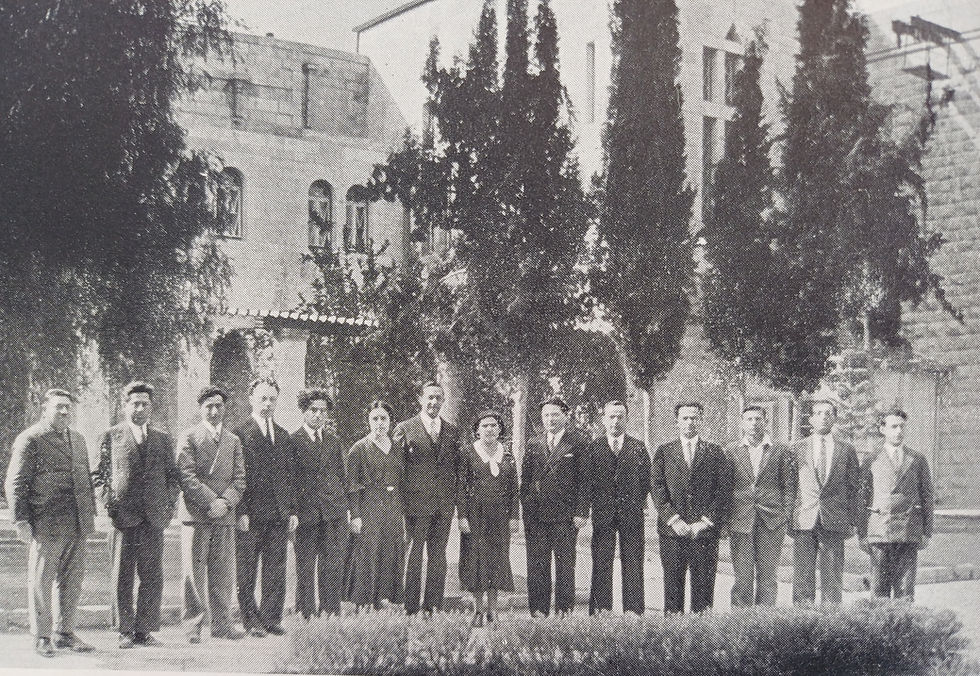

1940s
Academic Consolidation Within a National Struggle
The 1940s were a critical period for the survival and development of the Hebrew University. It was a time marked by security challenges on the one hand, yet also scientific growth and active involvement in the intellectual and national life of the Jewish Yishuv. World War II greatly affected the university: students and faculty were recruited into the British Army, and many volunteered to serve in Jewish units. The university contributed to the war effort. For example, methods were developed to treat infectious diseases, which was crucial for soldiers in the Middle Eastern front. In the late 1940s access to the Mount Scopus campus became increasingly dangerous due to Arab attacks culminating in the Hadassah convoy massacre on April 13, 1948. A convoy bringing medical and military supplies and personnel to Hadassah Hospital and the Hebrew University was ambushed in Sheik Jarrah. Seventy-eight people were murdered. In the aftermath of Israel’s War of Independence in 1948-1949, Mount Scopus became an isolated Jewish enclave surrounded by Jordan controlled territory. The university was forced to relocate to temporary buildings throughout Jerusalem, particularly in the Rehavia neighborhood. The university’s library, books, laboratories, and collections were locked on Mount Scopus, and access to them was blocked.
Academic Consolidation Within a National Struggle
Campus in Jerusalem – student life

1970s
Renew the Access to Mount Scopus
The 1970s saw rapid construction of new buildings on the historic campus: faculty buildings, laboratories, libraries, and dormitories. The Yom Kippur War deeply shook Israeli society and had a strong effect on the university. The academic environment reflected a sense of crisis and introspection, mirroring the broader public mood. This resulted in increased efforts to make higher education more accessible to socially and geographically marginalized communities in Israel. Therefore, the university launched preparatory programs, youth outreach, and support systems for new immigrants, discharged soldiers, and minority groups. The university also deepened its connections with Jewish communities in the Diaspora.
Renew the Access to Mount Scopus
The Hebrew University Campus at Mount Scopus is restored after the Six-Day-War

1960s
Stability and Growth for the Hebrew University
The 1960s marked a period of stability and growth for the Hebrew University. The university was able to solidify its position as Israel’s leading institution of higher education. It expanded its international connections, launched new academic programs, established new institutes and initiated ambitious research ventures. In June 1967, following Israel’s victory in the Six-Day War, Mount Scopus became accessible again. On June 28, 1967, the Amphitheatre was host to the convocation awarding doctoral degrees and honorary doctorates, a ceremony at which an honorary doctorate was conferred upon Chief of Staff Lieutenant-General Yitzhak Rabin. The university began restoring buildings and developing new academic infrastructure on the Mount Scopus campus.
Stability and Growth for the Hebrew University
The Chief of the General Staff receives an honorary doctorate
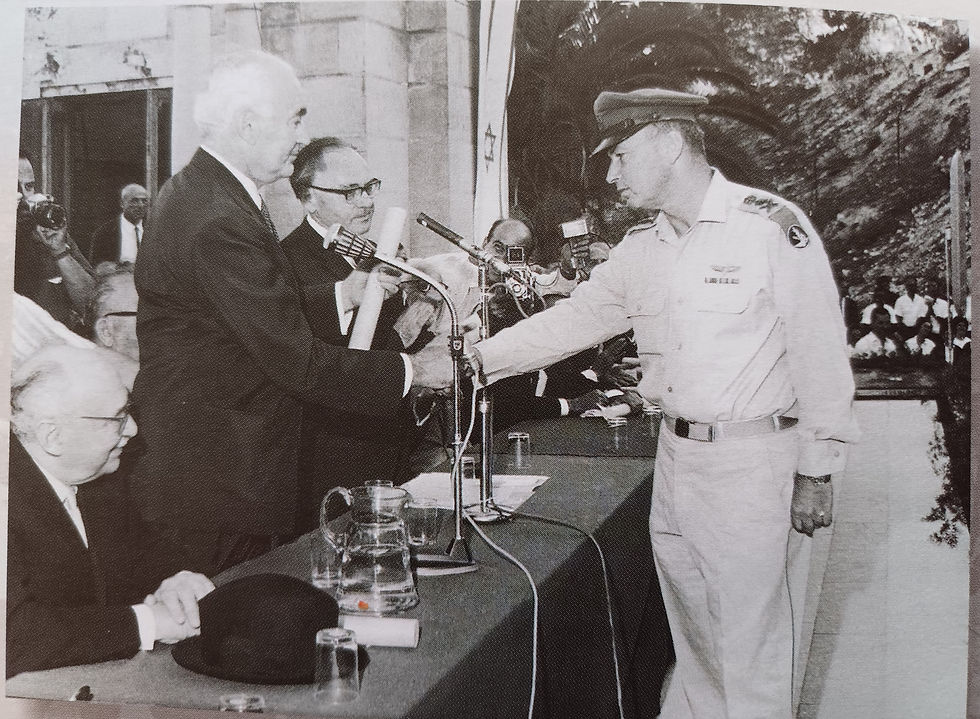

1950s
The University in the City
The 1950s were a dramatic transitional period for the Hebrew University. The university was forced to reinvent itself in the context of a young state, limited resources, mass immigration, and ongoing security challenges. One of the most significant developments was the decision to establish a new campus on Givat Ram. Construction began in the early 1950s, and the first buildings were inaugurated in 1958. The new campus enabled the university to develop. The medical school was re-opened in Ein Kerem, adjacent to the new Hadassah Medical Center and the Agricultural Faculty was opened in Rehovot. Renowned institutes were established during this time, such as the Einstein Institute of Mathematics and the Racah Institute of Physics.
The University in the City
Opening of the 1949 school year, Terra Santa
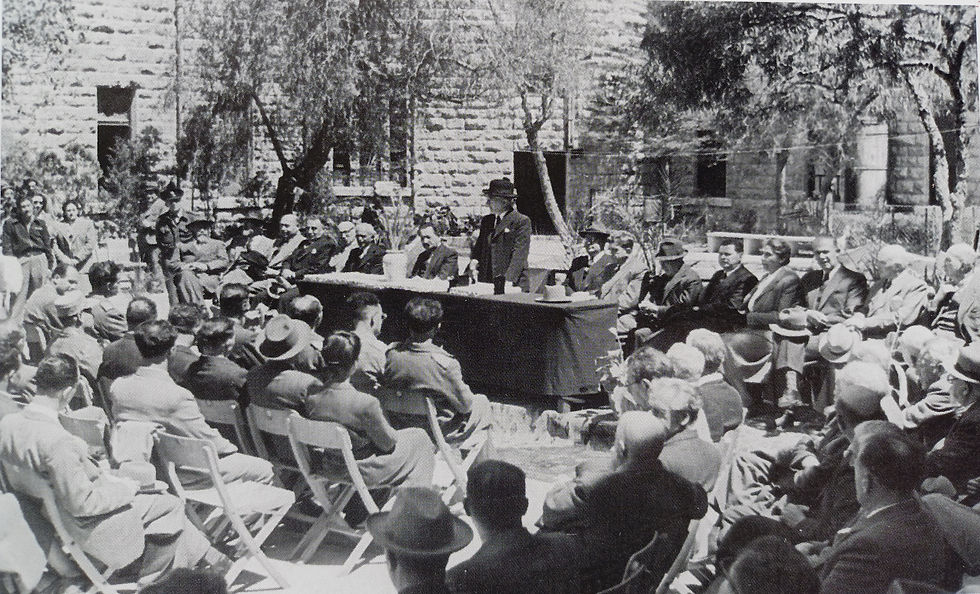

1980s
Economic Challenges with Academic Growth and Stability
At the beginning of the decade, key faculties moved to Mount Scopus, including Law, Humanities, Social Sciences, and the School of Education. The university continued to strengthen its research fields, expand international connections, and adapt to the changing social, economic and political landscape in Israel. Throughout the 1980s, the Mount Scopus campus continued to grow. Agreements were signed with leading universities, and a trend of research collaboration with scholars from Europe, the U.S., and other parts of the world emerged. New international programs aimed at attracting foreign students were introduced. The Hebrew University became a key center in computer science cooperating with Israel’s hi-tech industry.
Economic Challenges with Academic Growth and Stability
The return to Mount Scopus
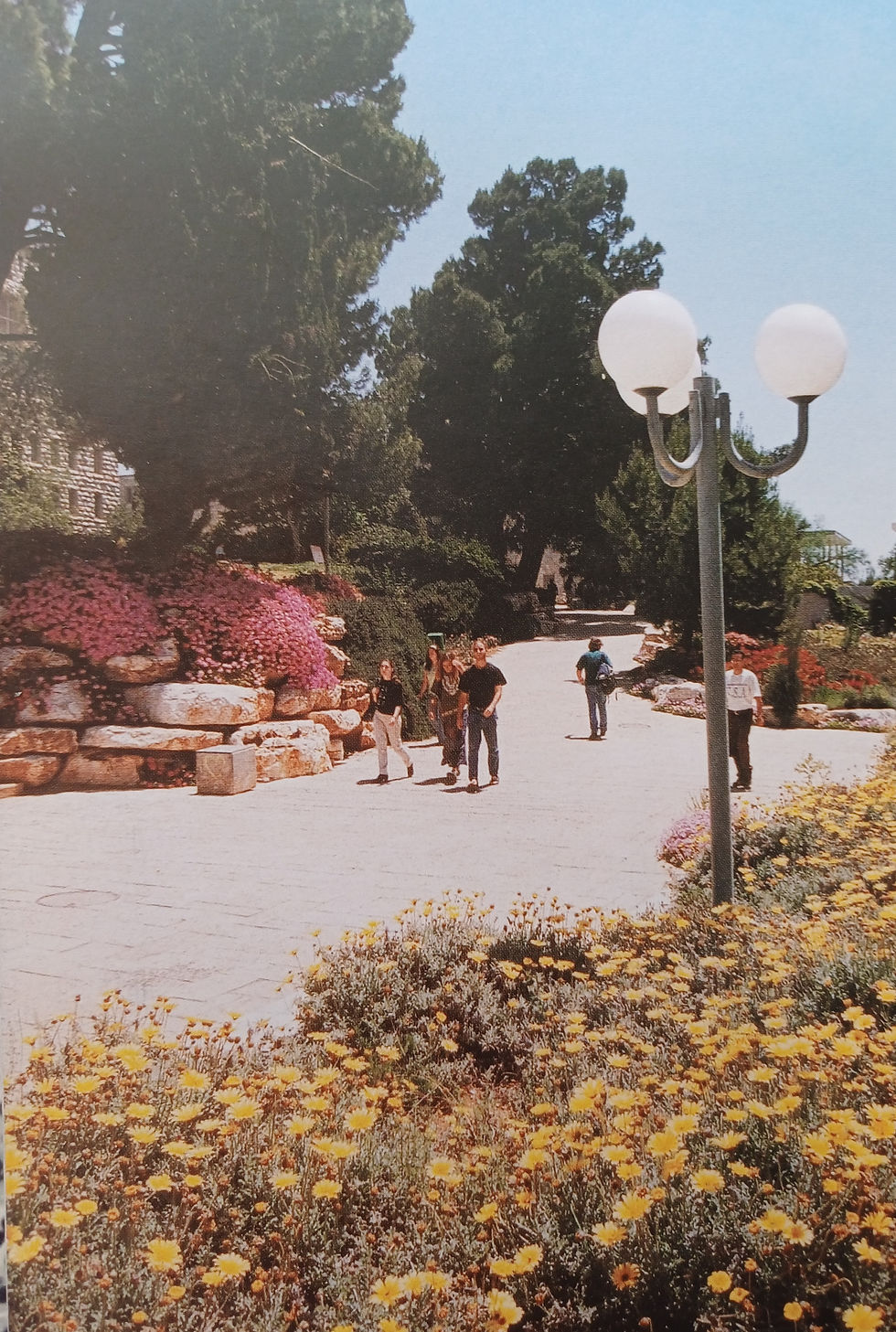

1990s
Research and Development
The 1990s saw a significant leap in both the scope and quality of research at the university, with special focus on life sciences, computer science, agriculture, archaeology and medicine. The university strengthened its ties with leading academic institutions worldwide, including student and faculty exchanges and joint research projects. Several important research centers were established or expanded, including the Center for Brain Sciences and the Center for Sustainable Agriculture. Startup companies were established through Yissum, the university's technology company. The 1990s saw a growing number of Arab students on campus. Renovation and upgrading of faculty buildings, libraries, and teaching facilities took place throughout the decade, particularly in the Faculty of Medicine, in collaboration with Hadassah Medical Center.
Research and Development
The archeological exhibition about Masada with finds and artifacts at the Institute of Archeology

2010s
Dreaming, Creating, Innovating since 1925
The university significantly expanded its neuroscience research, particularly through the Edmond and Lily Safra Center for Brain Sciences located in the Givat Ram campus. The university’s Faculty of Agriculture in Rehovot led breakthrough research in developing drought-resistant crops and sustainable farming technologies for the benefit of developing nations. In January 2025, the Hebrew University held an international conference marking the 100th anniversary of the Institute of Jewish Studies. It celebrated the Institute’s achievements and its global contribution to Jewish research. In April 2025, the university celebrates its 100th anniversary. A series of festive events are planned throughout the year.
Dreaming, Creating, Innovating since 1925
Research, innovation, teaching and learning in a diversity of programs
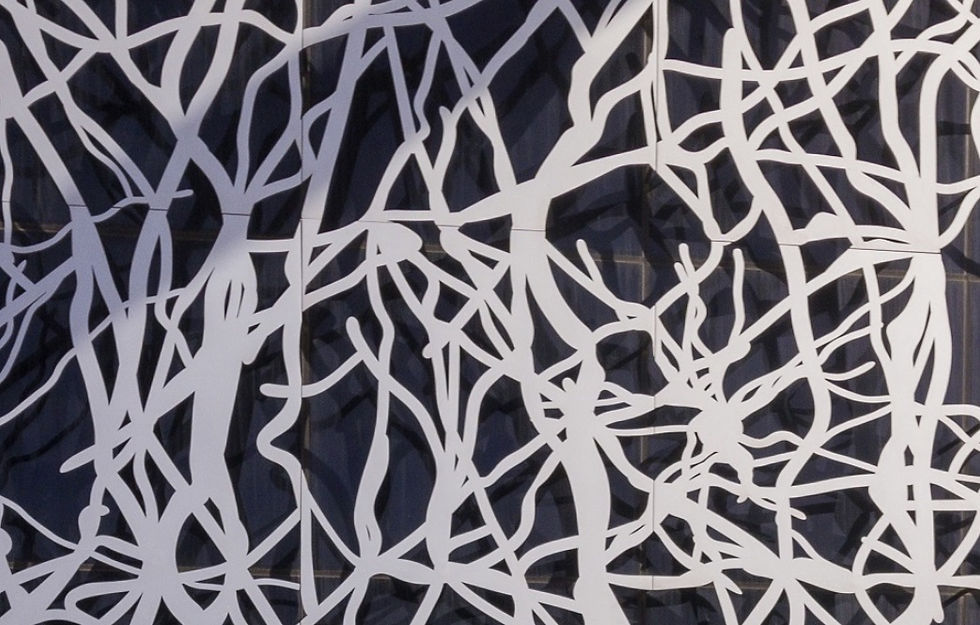

2000s
Scientific and Technological Development
The beginning of the 21st century is characterized by an expansion in scientific and technological breakthroughs. Prof. Avram Hershko and Prof. Aaron Ciechanover won the Nobel Prize in Chemistry. Prof. Ada Yonath (who collaborated with Hebrew University researchers) won the Nobel Prize in Chemistry. Prof. Yisrael Aumann received the Nobel Memorial Prize in Economic Sciences in 2005 for his work on conflict and cooperation through game theory analysis. New research centers were established, and the university became a global leader in scientific research.
Scientific and Technological Development
Nobel Prizes - expansion in scientific and technological breakthroughs
